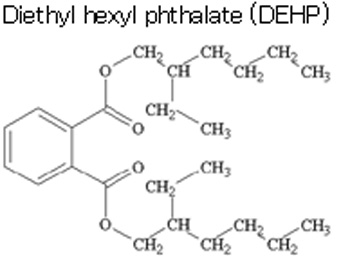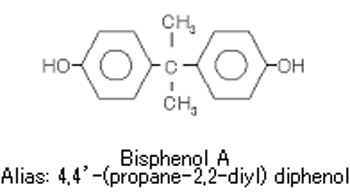Analysis of Environmental Pollutants
Analysis of Exogenous Endocrine-Disrupting Chemicals (Environmental Hormones)
What are exogenous endocrine-disrupting chemicals (environmental hormones)?
The official name of "environmental hormones" is "exogenous endocrine-disrupting chemicals (endocrine disruptors)," and is defined as "exogenous substances which affect the normal hormonal action in a living body of an animal when taken in the living body" (Ministry of the Environment, 1998).
The substances suspected to have the endocrine-disrupting effect are dioxins, PCB (polychlorinated biphenyl), pesticides, bisphenol A (raw material for plastics), nonylphenol (raw material for nonionic surface active agents), phthalates, etc. The Ministry of the Environment lists 65 substances as chemical substances suspected to have the endocrine-disrupting effect.
Most exogenous endocrine-disrupting chemicals are indicated as the substances subject to thePRTR Law.
- For the details of the PRTR Law, click here (HP; PRTR Information Square). >>
- For the target substances, click here.>>
JFE-TEC received the order of the "Research of Actual Situation of Exogenous Endocrine-Disrupting Chemicals in Water Environments" which is the large-scale research implemented by the Environmental Agency for the first time in Japan, and provide high-quality data as a pioneer of the environmental hormone analysis.
- JFE-TEC started receiving the orders of the quantitative analysis for each isomer of nonylphenol. (July 2012)
- Compounds suspected as environmental hormones
- Analysis of dioxins
- Analysis of PCB (insulating oil, etc.)

Phthalates

- Substances subject to REACH regulation
- Substances subject to EU Council Directive Concerning Safety of Toys
- Substances subject to JIG-B level management
- Substances subject to Survey of Chemicals in the Environment (so-called Black Book)
- Chemical Substances Control Law (existing substances)
- Substances subject to SPEED'98
- Indoor environment guideline value Two out of 14 items are phthalates.
Bisphenol A

- Regulated by Food Sanitation Law
- Chemical Substances Control Law (existing substances / chemical substances subject to type III monitoring)
- Tolerable Daily Intake (1993)0.05 mg/kg body weight / day
- Substances subject to Norwegian PoHS regulation
Specific examples
- Environmental research and analysis of environmental atmosphere, river water, seawater, bottom sediments, soil, and aquatic organisms
- Research and analysis of exhaust gas, drainage water, etc. according to the PRTR Law
- Analysis of special samples of chemical products, wastes, etc.
- Analysis for dioxins decomposition test

Research Papers/Materials
- "Capturing Efficiency Test for Endocrine-disrupting Chemicals in Atmosphere"
(15th Symposium on Environmental Chemistry, 2006, 6)
Kenji Otsuka, Kazumi Ito, Fuyuhiko Suzuki (JFE Techno-Research Corporation)


